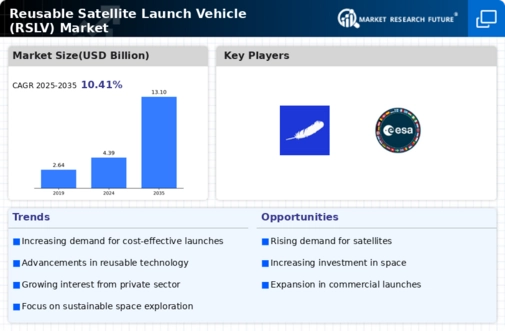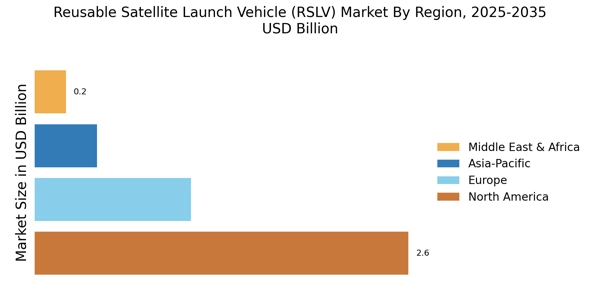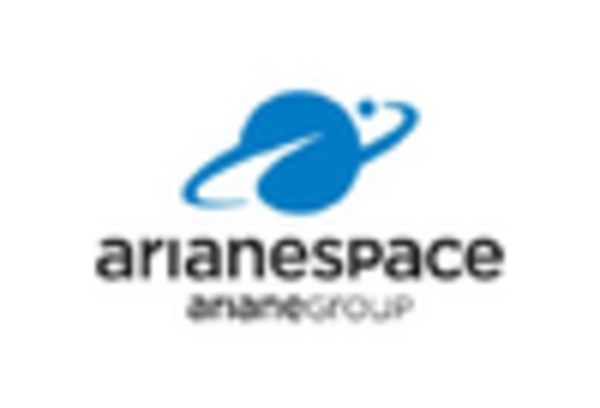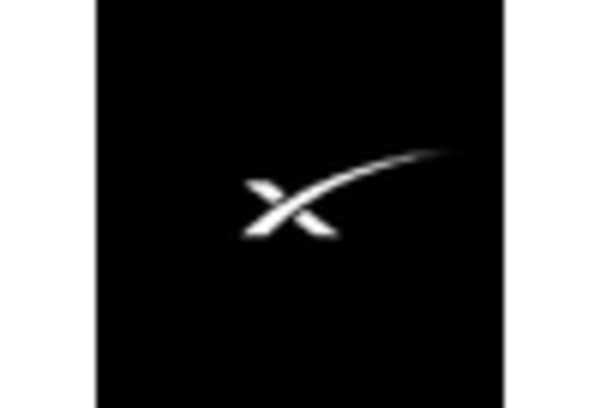Leading market participants are investing heavily in research and development in order to expand their product lines, which will help the Reusable Satellite Launch Vehicle Market (RSLV) market grow even more. Market participants are also undertaking various strategic activities to spread their footprint, with important market developments including new product launches, mergers and acquisitions, higher investments, contractual agreements, and collaboration with other organizations. To spread and survive in a more competitive and rising market climate, the Reusable Satellite Launch Vehicle Market (RSLV) industry must offer cost-effective items.
Manufacturing locally to minimize the operational costs is one of the key business tactics utilized by manufacturers in the Reusable Satellite Launch Vehicle Market (RSLV) industry to benefit the clients and increase the market sector. In recent years, the Reusable Satellite Launch Vehicle Market (RSLV) industry has offered some of the most significant advantages to the space industry.
Major players in the Reusable Satellite Launch Vehicle Market (RSLV) market, including Accurus Aerospace Wichita LLC, India Space Research Organization (ISRO), Sener Aero special, Blue Origin LLC, Lockheed Martin Corporation, National Aeronautics and Space Administration (NASA), Space Exploration Technologies Corp. (SpaceX), Italian Space Agency, India Space Research Organization, European Space Agency and others, are trying to increase market demand by investing in the research and development operations.
Accurus Aerospace Wichita LLC is one of the leading aerospace manufacturing facilities situated in Witchita, Kansas, which is the air capital of the world. A broad range of fabrication and machining capabilities, offering versatility to be the one-step company for all their manufacturing needs. The company is the leading Tier II provider of metallic parts, kits, and assemblies and the processing services to the aerospace and defense industry globally.
In October 2021, the company, and other companies, namely, CE Machine Company Inc, Harlow Aerostructures LLC, and Orizon Aerostructures LLC, all based in the Greater Wichita area, signed a multi-year contract with Blue Origin. Engine development of Blue Origin and the development of a New Glenn, a reusable heavy-lift orbital launch fabricated to accommodate commercial, national security space missions, and civil, will be supported as per this contract between all the companies and Blue Origin.
Orbex or Orbital Express Launch Ltd, founded in the year 2015, is a United Kingdom-based aerospace company that develops a small commercial orbital rocket called Prime. The company is headquartered in Forres, Moray, in Scotland, and has subsidiaries in Denmark and Germany. The future launch complex, Sutherland Spaceport, of the company is being manufactured on the A' Mhoine peninsula in the country of Sutherland, northern Scotland. In May 2022, this UK-based company launched an eco-friendly rocket prototype for small satellites. The reusable Prime Rocket is the very first micro launcher developed in Europe.
The company declared that it is preparing for the maiden flight of a rocket in a few months.


















Leave a Comment